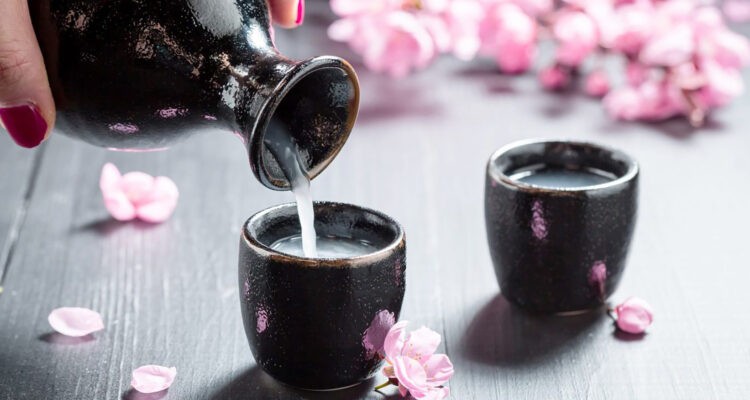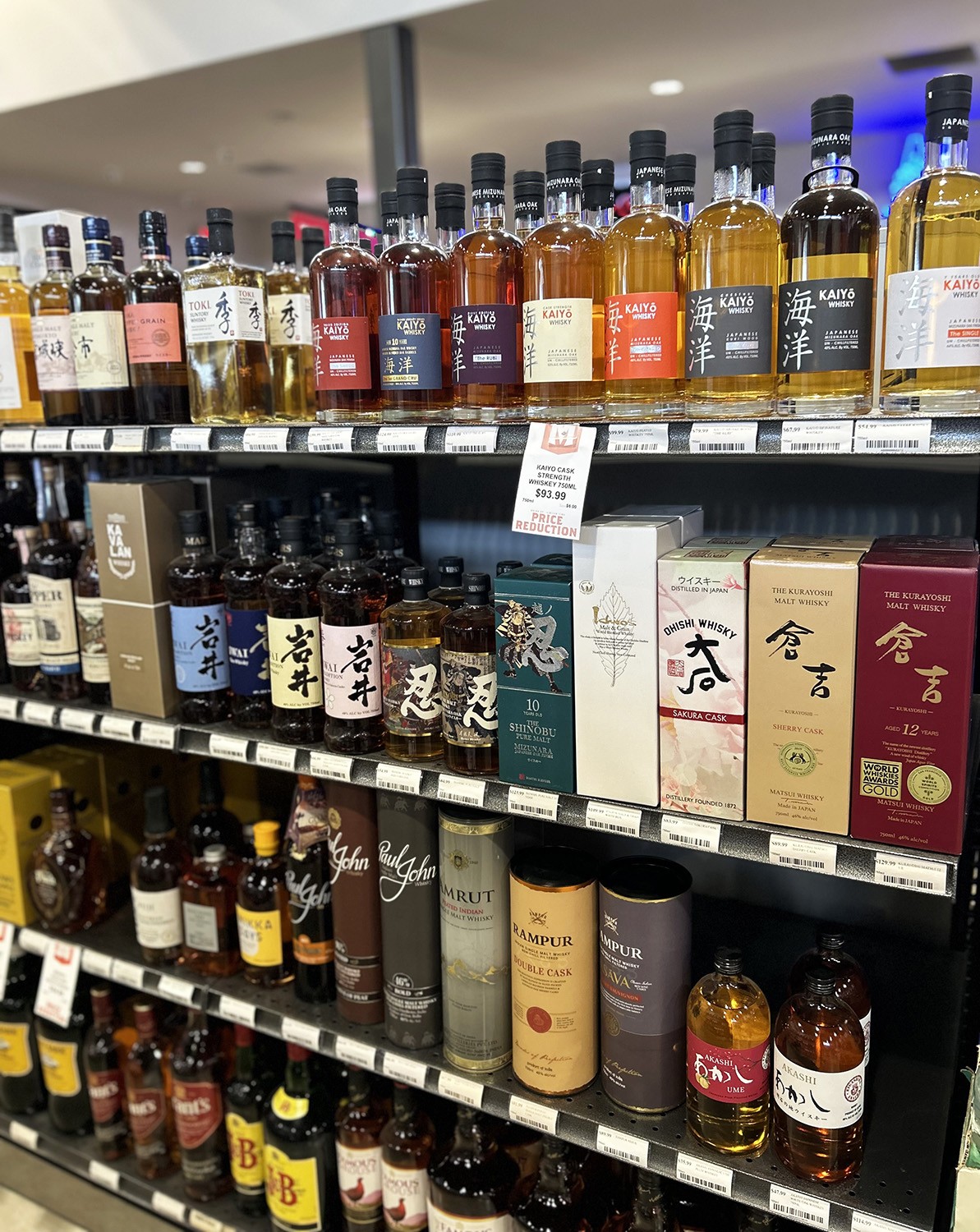Story by Dave Eckert
While consuming about eight bowls of ramen for my Indulgences article, I was in desperate need of something to help wash it down. So, staying on the Far Eastern theme, I ventured into the territory of Sake and Japanese Whisky. And, oh my, what delicious territory it is.
I started with sake, a delightful unfiltered version served chilled at Aoyama Ramen in Olathe. Yes, unfiltered, so cloudy, and chilled, not warm-a couple of key points Americans need to learn about sake. But I’m getting ahead of myself. First, a little sake history. Sake, also known as Japanese rice wine, has been around for centuries. Although called rice wine, sake is made in a brewing process similar to beer where starch is converted into sugar that ferments into alcohol rather than wine where alcohol is produced by fermenting sugar naturally present in the fruit, typically grapes.
I spoke with Mari Matsumoto, who was born and raised in Japan before moving to the Bay area with her mother when she was 12. Matsumoto is an extremely talented mixologist currently plying her trade at Lula Southern Cookhouse. I asked her about the many styles of sake and its wonderful flexibility with cuisine. “It’s so beautiful, the way it’s presented. And there is so much tradition when it comes to sake. How to serve it and what to serve it with,” Matsumoto shared.
There are two important aspects of sake that Matsumoto feels are key to better understanding them: not all sake needs to be served warm and traditional sake is unfiltered. “So, yes, it’s cloudy, and I think when Americans see that they feel that it’s somehow inferior, but it really means the opposite-that the sake will have more flavors and aromas. Those are the kind of sakes I grew up with. They’re creamy and there’s more sweetness to them,” Matsumoto said.
I also stopped for a visit with Hannah Jones who manages the beverage program at Corvino Supper Club & Tasting Room. Jones, who has been nominated in The Pitch for best bartender, cocktail program, and cocktail staff, says the most important thing for consumers to grasp about sake is their varying quality levels and tremendous diversity. “It’s universal to try a beverage and not like it, then write it off and never try it again. I think most people’s first experience with sake isn’t with the best stuff. I highly recommend keeping an open mind and trying sakes from the different quality levels the product offers,” Jones told me. “There’s a documentary called “Birth of Sake” that really opened my eyes to the unique process and extreme passion that goes into sake production. Sake has an amazingly rich history, and we owe it to these fabulous producers to respect the fine products they make.”
Both Jones and Matsumoto say the best way for people to learn about sake is try as many as you can with food to determine what style, temperature, and food pairing you prefer. I’m game. How about you?
Onto Japanese whisky, of which Jones is a huge fan, and a very knowledgeable consumer. “Travelers brought Scotch to Japan in the late 1800s. Some loved the flavor of Scotch and sought to recreate it. So, Japanese whisky is very similar in profile to scotch. The first Japanese whisky distillery started production 1924 in Kyoto. This is important to realize how big of an impact this spirit has had in the industry in less than 100 years. Japanese whisky has many producers and flavor profiles to explore. Since it is gaining in popularity, it is also getting more expensive!” Jones shared.
Photo courtesy of Mike’s Wine and Spirits
I also reached out to Andy Doohan, Managing Partner at Mike’s Wine and Spirits for some insights. “Because of the size of the island and the small number of distilleries (maybe ten or so) the whiskies are fairly easy to learn. I would start with Yamazaki products. Yamazaki was the first distillery to produce whisky on the island in the early 1920’s,” Doohan told me.
Doohan says Japan produces world-class whisky with great attention to detail and a continual strive for perfection. He says he particularly enjoys the whiskies from Yamazaki and Nikka, and says the best way for consumers to learn more is, again, to try as much as they can. “We have tastings frequently at our three stores. You can find more in our newsletter about what we have going on. I also use whisky advocate as a resource online,” Doohan said, summing things up.
Okay, I’ve been given my marching orders. Try as much sake and Japanese whisky as I can get my hands on. Now, that’s homework I can wrap my arms, and my palate, around! Cheers!







